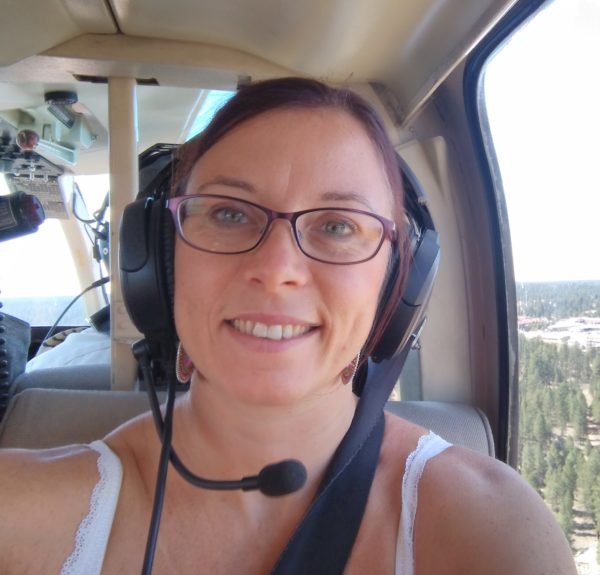
Internships have always been an effective way to get your foot in the door. Not only do they provide direct contact with a network of professionals, but they offer hands-on experience in a role that applicants are often under-qualified for.
But even university students who hold a degree need experience, with 39% of graduates in their 20s having done an internship. A survey among UK companies found that internships are a practical route to graduate jobs, with 74% of employers making a job offer as soon as the internship ends.
Oscar-winning director Steven Spielberg famously got his big break after doing an unofficial internship with Universal Studios at the age of seventeen. Oprah Winfrey started out as an intern at a local news channel before being promoted to a full-time anchor. The rest is history.
You may not be trying to make an award-winning movie debut or become a global icon, but whatever your career goals an internship is a chance for you to make a good impression.
Tasks assigned to interns are generally admin related and one of the most common ones in minute taking. For those with no experience, this can seem like a daunting task. From figuring out what the important information is to learning to focus on conversations whilst taking notes at the same time – there is a lot to contend with.
YCB spoke to Cathy Bennett, pro typer and founder of Fingertips Typing – a transcription services company – for her top tips on taking fast and accurate meeting notes.

1. Practise typing
Touch typing is a skill, but it is one that can be learned. It’s all about knowing where the letters are on the keyboard. With practice, you can try typing without watching your fingers on the keyboard and eventually it becomes like second nature. “To get in the habit, repeatedly type one sentence without looking, until you can do it accurately, and then try another one,” says Cathy, “it’s how typists were trained in the ‘old days’. Once you’ve mastered it, increasing your speed is a matter of time.”
2. Be concise
Even for the most experienced typists, recording word for word in real-time is incredibly difficult. Instead of trying to type every single word, focus on capturing the important words rather than the entire sentence. You can always go back and add more information later to make it more coherent without changing the meaning.
“In many meetings, it’s simply not necessary to write down or type every detail and have a verbatim record of who said what,” says Cathy. “Focus on capturing the salient points of the discussion and most importantly, the actions arising”

3. Learn shorthand
You might think that in the digital age, shorthand is something of a dying art. But Cathy thinks differently: “It’s so useful for capturing information quickly without writing or typing everything. As many newspapers still require their journalists to have shorthand, as it’s essential for court reporting, where you’re not permitted to take sound recordings.” If you’re interested in learning more, consider undertaking shorthand and speed-writing training through Pitman, a self-paced learning provider with locations throughout the UK.
Even if you don’t have formal shorthand, focus on capturing the keywords and actions during the meeting and add in details afterwards.
4. Record now, research later
If you’re working in a new industry then you might find yourself taking notes in a meeting where you have no previous knowledge about the topic being discussed. This can feel overwhelming, but it doesn’t need to be an issue. Cathy says, “our transcribers handle the widest range of complex information, from details of international academic research to complicated medical information, such as conditions or drug names. The key in these situations is to note an approximation of what you think you’re hearing if you’re not absolutely sure; write down a phonetic version, and research afterwards.” Don’t be afraid to ask questions after the meeting to clarify any words or concepts that you’re unsure of.
5. Have a back-up
It goes without saying, but don’t rely on just one piece of technology for minute taking. Laptops break and information can be lost, so make sure you have a back-up by taking a digital recording of the meeting. “In a busy or long meeting, it’s easy to miss the finer details, and tricky to remember who said what,” says Cathy. “Make sure participants know you are recording the meeting, explain you are recording it to ensure accuracy and make sure they are aware if the recording will be shared with a third party.”
The good news is that you don’t need expensive equipment to get good quality recordings these days. If you have a smartphone then you’ll find lots of excellent recording apps that are often available for free.
6. Hire a professional
A good chair in a meeting will encourage participants to take their turn to speak, but in all honesty, not everyone is that patient! You’ll find that people do speak over each other which makes it hard to understand what’s being said, but this is where a digital recording really comes in handy. A skilled transcriber can zone into one voice at a time and rewind the recording to capture any other speakers. Cathy said, “Transcribing a multi-speaker interview, meeting or focus group is a real skill, requiring the ability to distinguish different tones, accents and voices, often talking over each other. If you need an accurate record of everything that was said, and you’re not confident that you’ve got someone in-house with the right skills, use a transcription service like Fingertips to ensure you have a quality transcript of the meeting.”
